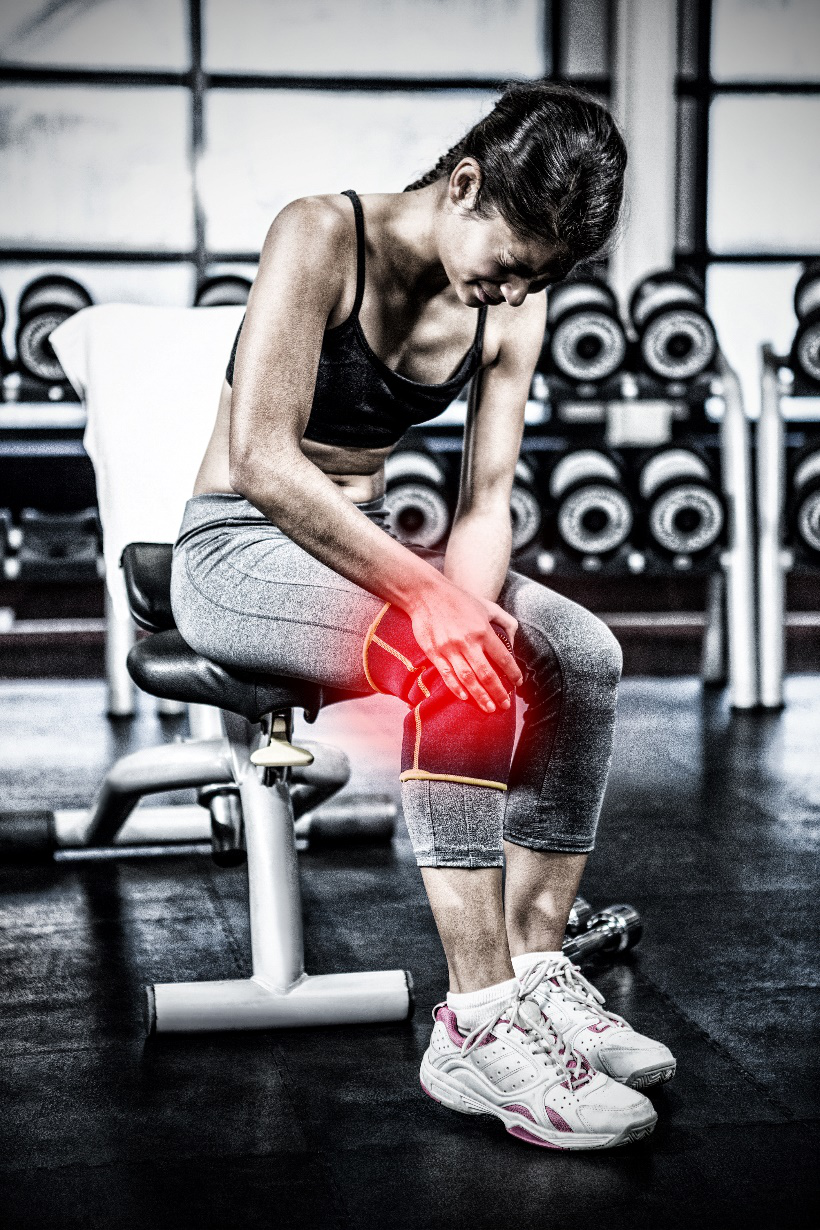Whether you are just starting an exercise training program, or you have been an athlete for years, you know the feeling of sore muscles and stiff joints after hard workouts.
Sometimes these pains can halt future workouts, making you wait for your body to recover before training again. This can interfere with your body reaching its full potential and/or delay the time it takes you to reach your goals.
Decrease your recovery time between workouts so you can run that marathon you’ve been thinking about, enhance your yoga practice or reach your personal fitness goals at the gym.
By incorporating a couple of healthy practices before or after workouts, you can recover quicker and easier compared to your prior self or your components.
Water, Water and More Water

Ensure that you are drinking enough water. Becoming dehydrated is more common in athletes because of the intensity of the workouts they expose their body to. This can increase your risks of muscle cramps, causing sore muscles that last a couple days and delaying future workouts. Drink water throughout the day so that your cells are well hydrated even after your toughest workout.
Kinesio Tape
Effective Kinesio taping can reduce muscle spasms, rebuild muscle strength and ease pain. It does this by improving the proprioception of joints and regulate muscle tone, reducing muscle imbalance and joint instability. This can be used for prevention to protect your muscles and joints but can also be used for people who are coming back from an injury (Berezutskym, 2018).
Stretch Before Working Out
Before engaging in your main workout, it’s important to warm up your muscles and joints. It’s most beneficial to practice stretching within 15 min of your main activity (Woods 2007). This will reduce the
risk of pulling or overstretching a muscle during your intense actions especially if you participate in sports with higher rates of certain injuries.
Eat a High Anti-Inflammatory Diet
Make sure you are fueling your body with good nutrition. Focus on consuming as many whole foods as possible to ensure your body is getting adequate nutrients for muscle growth and recovery. Including anti-inflammatory foods like turmeric (curcumin) can help pain relief by reducing inflammation in the body, therefore accelerating recovery time (Hewlings, 2017). Ginger and cinnamon consumption has also been shown to decrease muscle soreness as well (Mashhadi, 2013). These are just a couple of examples, but there are tons of foods out there that support anti-inflammatory properties: beetroot juice (Clifford, 2016), blueberries (McLeay, 2012), and pomegranate juice (Trombold, 2011).
Use CBDMEDIC Active Sport
Sore muscles and joints shouldn’t stop you from training your hardest. A new line of revolutionary non- prescription pain relief creams can be found today on pharmacy shelves: CBDMEDIC creams and ointments for sore muscles to aching joints were engineered to deliver powerful and safe topical pain relief. Applying these products to the painful areas, would gain a quick pain relief so you can get back to training hard instead of being stuck on your couch for the next couple days! CBDMEDIC products contain clinically proven, FDA-mono-graphed active ingredients.
Roll Out Your Muscles
Incorporating self-myofascial release (aka using a foam roller) regularly after workouts can benefit recovery time and decrease delayed- onset muscle soreness (DOMS) (Pearcey, 2005). This foam roller that can be used is a cylindrical- shaped piece of equipment used by rolling your body weight back and forth across it, targeting the sore muscles. This will allow you to exercise longer, harder and more frequently, helping you reach your full athletic potential (Schroeder, 2015)!
Keep pushing yourself by incorporating these tips into your everyday routine, so you can reach your goals faster and even maybe surprise yourself by surpassing your set goals!
References:
- Berezutsky, V. (2018). Possibilities of kinesio taping to prevent injuries of professional dancers.
- International Journal of Occupational Safety and Ergonomics, 1-8.
- Woods, K., Bishop, P., & Jones, E. (2007). Warm-up and stretching in the prevention of muscular injury. Sports Medicine, 37(12), 1089-1099.
- Hewlings, S., & Kalman, D. (2017). Curcumin: a review of its’ effects on human health. Foods, 6(10), 92.
- Mashhadi, N. S., Ghiasvand, R., Askari, G., Hariri, M., Darvishi, L., & Mofid, M. R. (2013). Anti-oxidative and anti-inflammatory effects of ginger in health and physical activity: review of current evidence.
- International journal of preventive medicine, 4(Suppl 1), S36.
- Clifford, T., Bell, O., West, D. J., Howatson, G., & Stevenson, E. J. (2016). The effects of beetroot juice supplementation on indices of muscle damage following eccentric exercise. European journal of applied physiology, 116(2), 353-362.
- McLeay, Y., Barnes, M. J., Mundel, T., Hurst, S. M., Hurst, R. D., & Stannard, S. R. (2012). Effect of New Zealand blueberry consumption on recovery from eccentric exercise-induced muscle damage. Journal of the International Society of Sports Nutrition, 9(1), 19.
- Trombold, J. R., Reinfeld, A. S., Casler, J. R., & Coyle, E. F. (2011). The effect of pomegranate juice supplementation on strength and soreness after eccentric exercise. The Journal of Strength & Conditioning Research, 25(7), 1782-1788.
- Pearcey, G. E., Bradbury-Squires, D. J., Kawamoto, J. E., Drinkwater, E. J., Behm, D. G., & Button, D. C. (2015). Foam rolling for delayed-onset muscle soreness and recovery of dynamic performance measures. Journal of athletic training, 50(1), 5-13.
- Schroeder, A. N., & Best, T. M. (2015). Is self myofascial release an effective preexercise and recovery strategy? A literature review. Current sports medicine reports, 14(3), 200-208.


